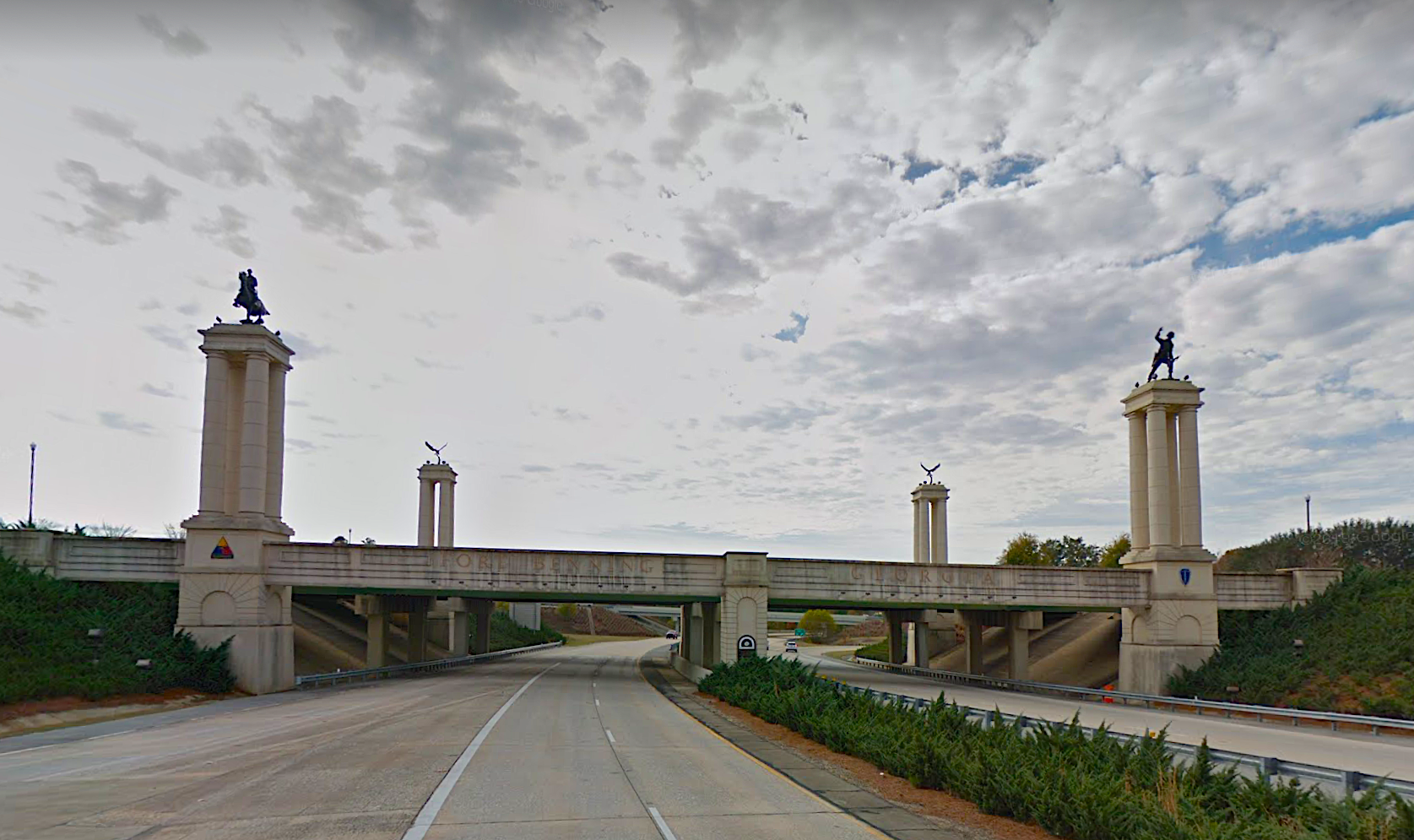
WASHINGTON — Congress this week is expected to pass a massive defense policy bill that President Donald Trump has threatened to veto because it would remove the names of Confederate generals from military bases across the South, including Fort Benning near Columbus and Fort Gordon near Augusta.
Members of the House and Senate forged a bipartisan agreement to rename the 10 bases in the annual must-pass defense measure, and Republican leaders such as Senate Majority Leader Mitch McConnell of Kentucky and House Minority Leader Kevin McCarthy of California have expressed their support. Bases in Louisiana, Georgia, Virginia, North Carolina, Alabama, and Texas would be affected.
The president’s veto would not only block the renaming of bases but also halt a 3 percent pay raise for service members and stall billions in defense contracts and military research.
Trump has been threatening a veto over the Confederate names for months. More recently he has said he also objects to the defense bill because it doesn’t revoke a social media liability shield, known as Section 230, after Twitter flagged the president’s tweets as containing disinformation.
“Ongoing reports that President Trump is holding up negotiations on our annual defense bill because of his objections to the renaming of Confederate bases is frankly absurd and downright dangerous,” Sen. Mark Warner (D-Va.) said in a statement.
“This annual defense bill provides much-needed stability for Virginia’s critical national security footprint,” he continued.
Despite Trump’s threat, the House passed its version of the defense bill, known as the National Defense Authorization Act, in July.
The chairman of the Senate Armed Services Committee, Jim Inhofe, (R-Okla.), said the Senate is expected to pass the bipartisan House-Senate agreement on the $731 billion defense measure on Tuesday. The House is also expected to act this week.
Here are some questions and answers about the bill and Trump’s veto threat:
Where are the other eight military bases named after Confederate generals located?
They are:
- Camp Beauregard in Louisiana
- Fort Polk in Louisiana
- Fort Bragg in North Carolina
- Fort A.P. Hill in Virginia
- Fort Lee in Virginia
- Fort Pickett in Virginia
- Fort Hood in Texas
- Fort Rucker in Alabama
How did these bases come to be named after Confederate generals?
During World War l, the U.S. War Department scrambled to create more bases to train soldiers who would be shipped overseas. The Army issued a memo that laid out the groundwork for facilities in the North to be named after “Federal commanders” and facilities in the South after “Confederate commanders.”
The first Southern base created in Virginia was named after Robert E. Lee, the commander of the Confederate Army, which fought in the Civil War to preserve Black people’s enslavement. The last of the bases was created in World War II.
Who gets to rename them?
This is not the first time lawmakers have pushed to rename military bases or for the removal of Confederate statues. The Congressional Research Service looked into the process for renaming bases in 2017 and found that “the Department of Defense (DOD) does not have a review process to reevaluate the naming of specific installations.”
This year’s defense bill has a provision, created by Sen. Elizabeth Warren (D-Mass.) that would establish a panel that would recommend new names for the 10 bases.
“The Confederate soldiers who betrayed the United States to fight for the Confederacy were fighting for the institution of slavery,” Warren said on the Senate floor. “It is time to put the names of those leaders who fought and killed U.S. soldiers in defense of a perverted version of America where they belong, as footnotes in our history books, not plastered on our nation’s most significant military installations.”
Shortly after Warren’s amendment was added to the NDAA, the president tweeted his veto threat.
“I will Veto the Defense Authorization Bill if the Elizabeth ‘Pocahontas’ Warren (of all people!) Amendment, which will lead to the renaming (plus other bad things!) of Fort Bragg, Fort Robert E. Lee, and many other Military Bases from which we won Two World Wars, is in the Bill!” he wrote on Twitter on June 30.
How long would renaming bases take?
If the bill is enacted, it could take up to three years for all the bases to be renamed. The Pentagon also has until that time to rename any other Confederate symbols or names on properties owned by the Department of Defense.
What have Republicans said about Trump’s plans to veto?
Inhofe predicts the bill will pass the Senate and that the Senate has enough votes to override the president’s veto.
“This is gonna pass,” Inhofe said to a group of reporters on Dec. 2.
House Majority Leader Steny Hoyer (D-Md.) said to reporters on Capitol Hill Monday that if Trump vetoes the NDAA, members will come back to Washington to override the president’s veto.
“That would be my expectation,” Hoyer said when asked if the House would return to D.C. to attempt an override.
The timing might be tight, though. Depending on when and how Trump issues his veto, it’s possible that lawmakers might have to interrupt their Christmas recess for the override vote.






